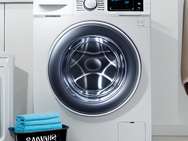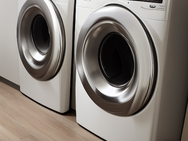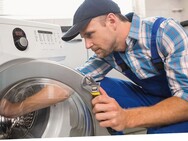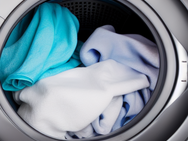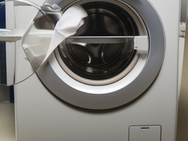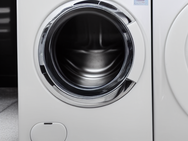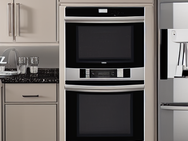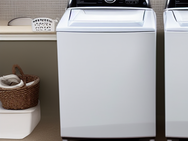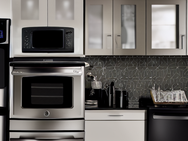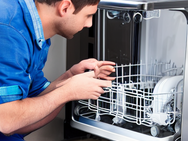Troubleshooting Tips: A Comprehensive Guide to Common Washing Machine Issues
Washing machines have become an indispensable part of our daily lives, easing the burden of laundry chores and ensuring our clothes stay fresh and clean. However, like any other appliance, washing machines can encounter issues that may disrupt their smooth operation. Instead of immediately calling a repair service, it's often worthwhile to troubleshoot the problem yourself. In this comprehensive guide, we'll explore common washing machine issues and provide practical troubleshooting tips to help you get your appliance back on track.

**1. ** Failure to Start:
One of the most frustrating issues is when your washing machine refuses to start. Before panicking, check if the machine is properly plugged in and if the power outlet is functioning. Additionally, ensure that the door is securely closed, as most modern machines won't start unless the door is latched properly. If the problem persists, the issue might be a faulty door switch or a malfunctioning electronic control board, requiring professional attention.
**2. ** Strange Noises During Operation:
Unusual sounds emanating from your washing machine can be disconcerting. If you notice a banging noise, it may be due to an unbalanced load. Try redistributing the clothes inside the drum and ensuring they are evenly distributed. If the noise persists, it could be a sign of a worn-out belt, loose drum components, or even a foreign object caught in the drum. Inspect these areas carefully and proceed with appropriate repairs.
**3. ** Water Leaks:
Discovering water on the laundry room floor is a clear sign of a water leak. Check the hoses connected to your washing machine for any visible cracks or leaks. Tighten the connections if necessary and replace damaged hoses. If the leak persists, inspect the door seal for any signs of wear or damage. A damaged door seal should be replaced promptly to prevent further leakage.
**4. ** Failure to Drain or Spin:
If your washing machine is not draining water or spinning, the problem might be related to the pump or the motor. Start by checking for clogs in the drain hose or pump filter. Clear any debris and try running the machine again. If the issue persists, it could indicate a malfunctioning pump or motor, which may require professional repair or replacement.
**5. ** Unpleasant Odors:
Over time, washing machines can develop unpleasant odors, often caused by mold and mildew buildup. To combat this issue, run a hot water cycle with vinegar or a specialized washing machine cleaner. Wipe down the door seal, detergent dispenser, and drum regularly. Leave the door ajar between cycles to allow air circulation and prevent the growth of mold. This simple maintenance routine can keep your washing machine smelling fresh.
To summarize, troubleshooting common washing machine faults does not necessarily need sophisticated technical knowledge. You may possibly save time and money on unneeded repairs by following these guidelines and addressing problems early on. However, if you are experiencing frequent or complex troubles, it is best to seek the assistance of a professional appliance repair service. Regular maintenance and careful care will increase the lifespan of your washing machine, ensuring it continues to serve you dependably for years to come.

Tell the code "DC25" and get a discount of $25
The discount applies only to repair services

